Author Archives: Radwa Radwan
Author Archives: Radwa Radwan
Security teams are racing to secure a new attack surface: AI-powered applications. From chatbots to search assistants, LLMs are already shaping customer experience, but they also open the door to new risks. A single malicious prompt can exfiltrate sensitive data, poison a model, or inject toxic content into customer-facing interactions, undermining user trust. Without guardrails, even the best-trained model can be turned against the business.
Today, as part of AI Week, we’re expanding our AI security offerings by introducing unsafe content moderation, now integrated directly into Cloudflare Firewall for AI. Built with Llama, this new feature allows customers to leverage their existing Firewall for AI engine for unified detection, analytics, and topic enforcement, providing real-time protection for Large Language Models (LLMs) at the network level. Now with just a few clicks, security and application teams can detect and block harmful prompts or topics at the edge — eliminating the need to modify application code or infrastructure. This feature is immediately available to current Firewall for AI users. Those not yet onboarded can contact their account team to participate in the beta program.
Cloudflare's Firewall for AI protects user-facing LLM applications from abuse and Continue reading
Imagine building an LLM-powered assistant trained on your developer documentation and some internal guides to quickly help customers, reduce support workload, and improve user experience. Sounds great, right? But what if sensitive data, such as employee details or internal discussions, is included in the data used to train the LLM? Attackers could manipulate the assistant into exposing sensitive data or exploit it for social engineering attacks, where they deceive individuals or systems into revealing confidential details, or use it for targeted phishing attacks. Suddenly, your helpful AI tool turns into a serious security liability.
Today, as part of Security Week 2025, we’re announcing the open beta of Firewall for AI, first introduced during Security Week 2024. After talking with customers interested in protecting their LLM apps, this first beta release is focused on discovery and PII detection, and more features will follow in the future.
If you are already using Cloudflare application security, your LLM-powered applications are automatically discovered and protected, with no complex setup, no maintenance, and no extra integration needed.
Firewall for AI is an inline security solution that protects user-facing LLM-powered applications from Continue reading
Accessing private content online, whether it's checking email or streaming your favorite show, almost always starts with a “login” step. Beneath this everyday task lies a widespread human mistake we still have not resolved: password reuse. Many users recycle passwords across multiple services, creating a ripple effect of risk when their credentials are leaked.
Based on Cloudflare's observed traffic between September - November 2024, 41% of successful logins across websites protected by Cloudflare involve compromised passwords. In this post, we’ll explore the widespread impact of password reuse, focusing on how it affects popular Content Management Systems (CMS), the behavior of bots versus humans in login attempts, and how attackers exploit stolen credentials to take over accounts at scale.
As part of our Application Security offering, we offer a free feature that checks if a password has been leaked in a known data breach of another service or application on the Internet. When we perform these checks, Cloudflare does not access or store plaintext end user passwords. We have built a privacy-preserving credential checking service that helps protect our users from compromised credentials. Passwords are hashed – i.e., converted into a random string of characters Continue reading
File upload is a common feature in many web applications. Applications may allow users to upload files like images of flood damage to file an insurance claim, PDFs like resumes or cover letters to apply for a job, or other documents like receipts or income statements. However, beneath the convenience lies a potential threat, since allowing unrestricted file uploads can expose the web server and your enterprise network to significant risks related to security, privacy, and compliance.
Cloudflare recently introduced WAF Content Scanning, our in-line malware file detection and prevention solution to stop malicious files from reaching the web server, offering our Enterprise WAF customers an additional line of defense against security threats.
Today, we're pleased to announce that the feature is now generally available. It will be automatically rolled out to existing WAF Content Scanning customers before the end of March 2024.
In this blog post we will share more details about the new version of the feature, what we have improved, and reveal some of the technical challenges we faced while building it. This feature is available to Enterprise WAF customers as an add-on license, contact your account team to get it.
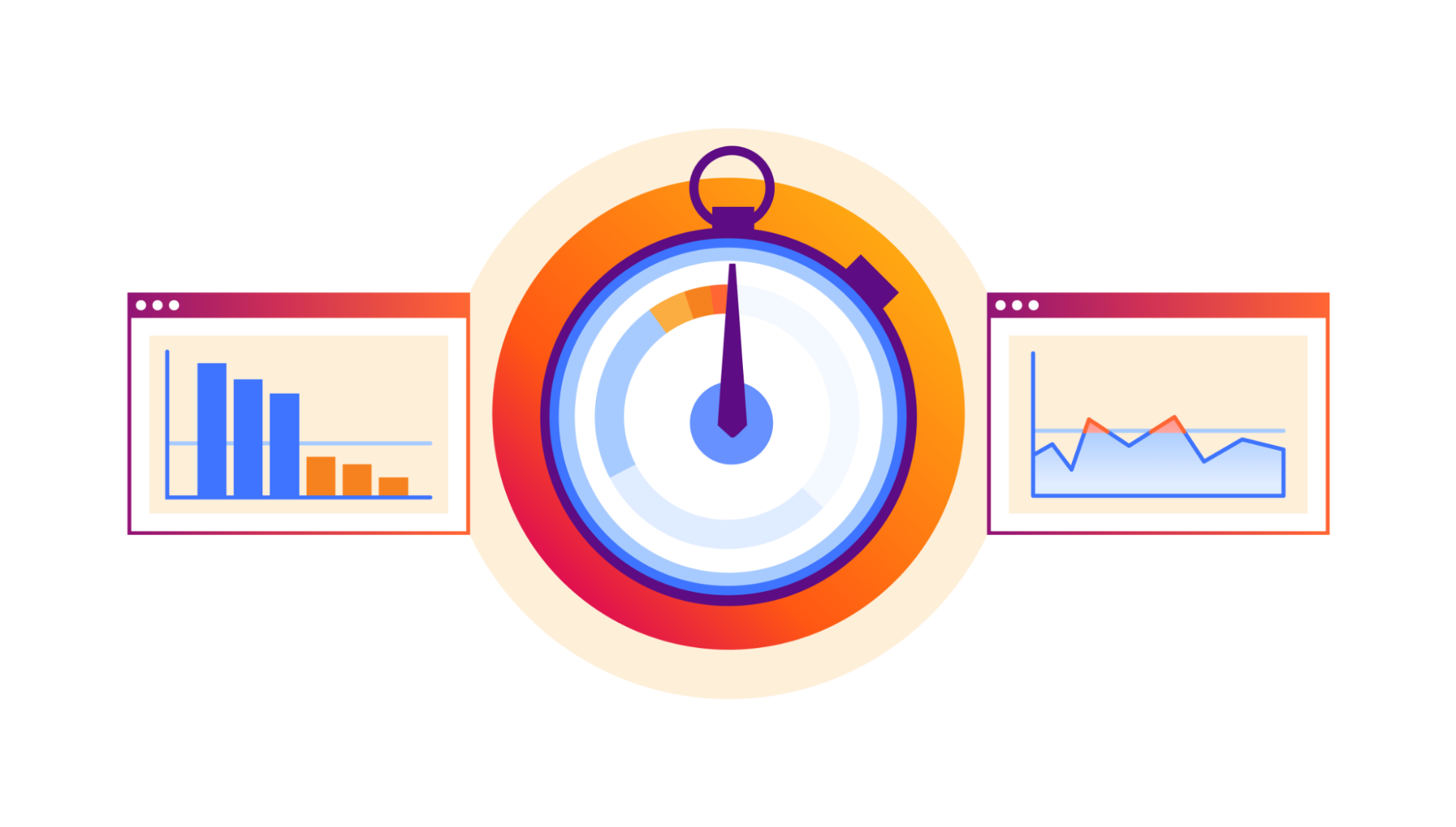
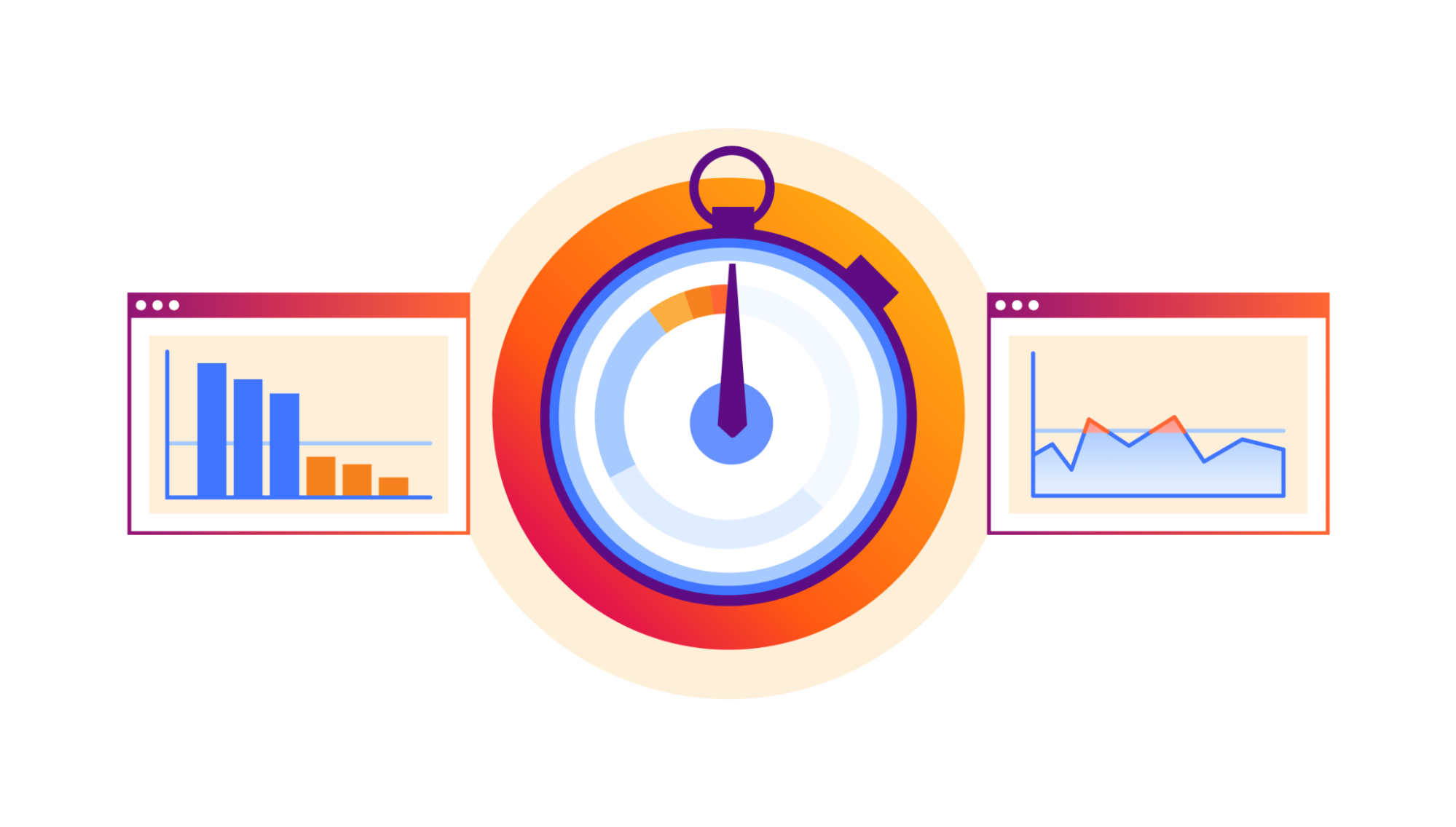
Rate Limiting rules are essential in the toolbox of security professionals as they are very effective in managing targeted volumetric attacks, takeover attempts, scraping bots, or API abuse. Over the years we have received a lot of feature requests from users, but two stand out: suggesting rate limiting thresholds and implementing a throttle behavior. Today we released both to Enterprise customers!
When creating a rate limit rule, one of the common questions is “what rate should I put in to block malicious traffic without affecting legitimate users?”. If your traffic is authenticated, API Gateway will suggest thresholds based on auth IDs (such a session-id, cookie, or API key). However, when you don’t have authentication headers, you will need to create IP-based rules (like for a ‘/login’ endpoint) and you are left guessing the threshold. From today, we provide analytics tools to determine what rate of requests can be used for your rule.
So far, a rate limit rule could be created with log, challenge, or block action. When ‘block’ is selected, all requests from the same source (for example, IP) were blocked for the timeout period. Sometimes this is not ideal, as you would rather selectively block/allow requests to Continue reading


Cloudflare offers many security features like WAF, Bot management, DDoS, Zero Trust, and more! This suite of products are offered in the form of rules to give basic protection against common vulnerability attacks. These rules are usually configured and monitored per domain, which is very simple when we talk about one, two, maybe three domains (or what we call in Cloudflare’s terms, “zones”).
If you’re a Cloudflare customer with tens, hundreds, or even thousands of domains under your control, you’d spend hours going through these domains one by one, monitoring and configuring all security features. We know that’s a pain, especially for our Enterprise customers. That’s why last September we announced the Account WAF, where you can create one security rule and have it applied to the configuration of all your zones at once!
Account WAF makes it easy to deploy security configurations. Following the same philosophy, we want to empower our customers by providing visibility over these configurations, or even better, visibility on all HTTP traffic.
Today, Cloudflare is offering holistic views on the security suite by launching Account Security Analytics and Account Security Events. Now, Continue reading
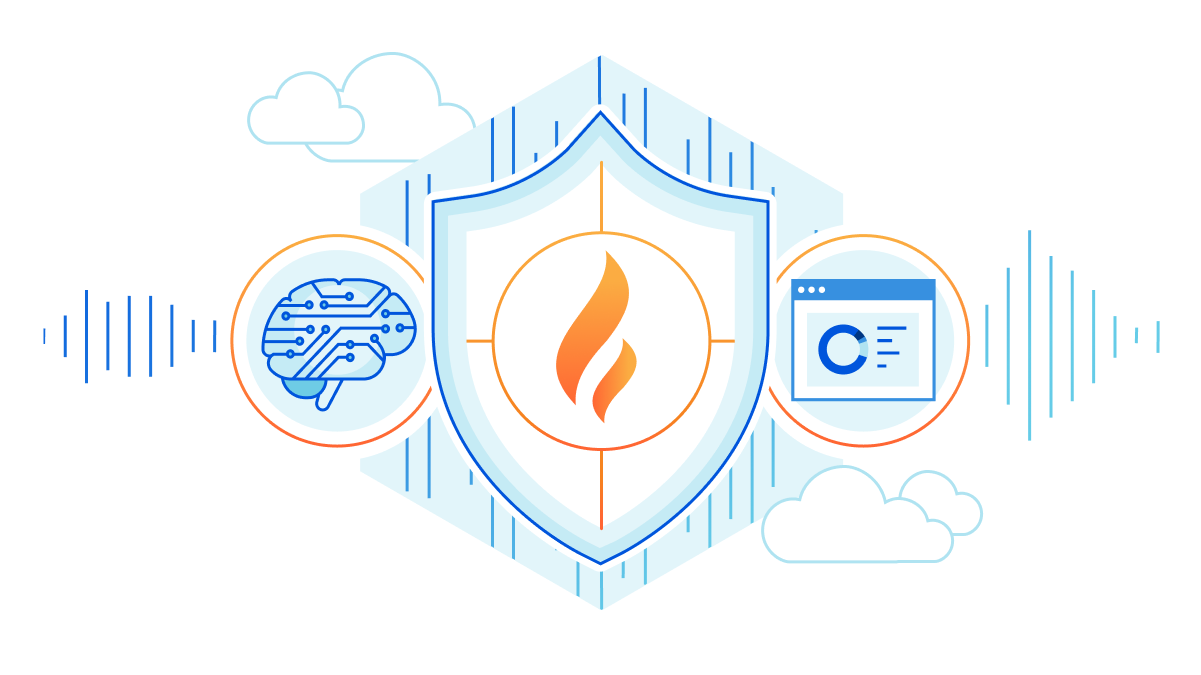
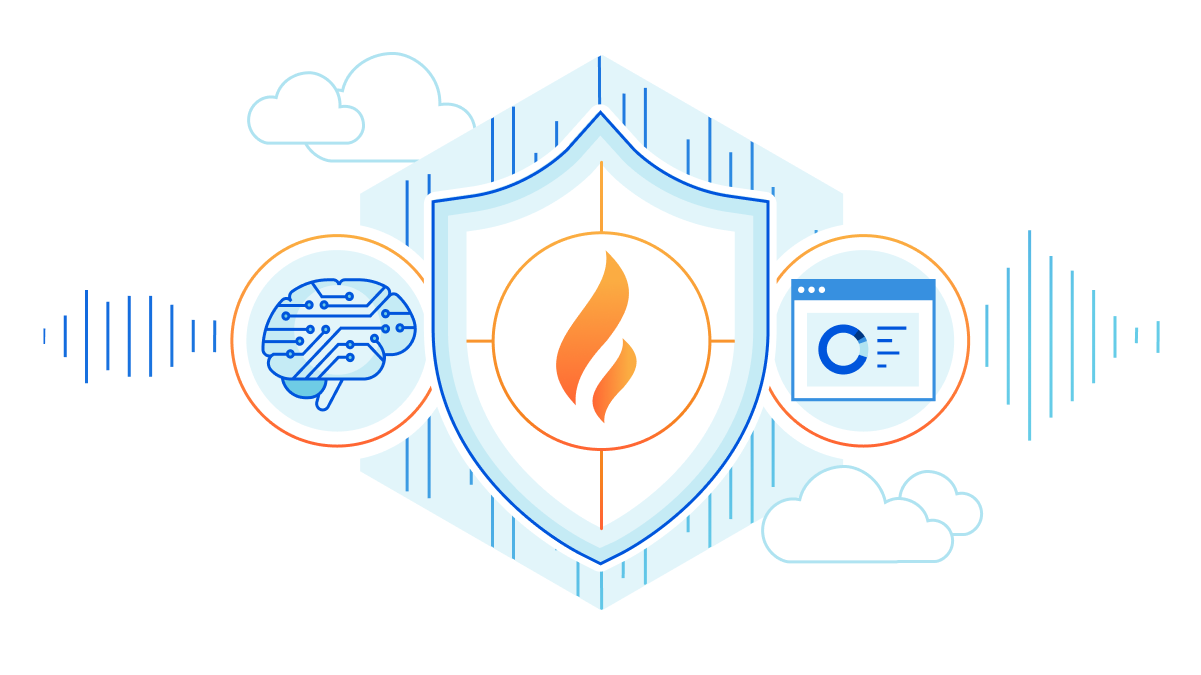
In December 2022 we announced the general availability of the WAF Attack Score. The initial release was for our Enterprise customers, but we always had the belief that this product should be enabled for more users. Today we’re announcing “WAF Attack Score Lite” and “Security Analytics” for our Business plan customers.
Vulnerabilities on the Internet appear almost on a daily basis. The CVE (common vulnerabilities and exposures) program has a list with over 197,000 records to track disclosed vulnerabilities.
That makes it really hard for web application owners to harden and update their system regularly, especially when we talk about critical libraries and the exploitation damage that can happen in case of information leak. That’s why web application owners tend to use WAFs (Web Application Firewalls) to protect their online presence.
Most WAFs use signature-based detections, which are rules created based on specific attacks that we know about. The signature-based method is very fast, has a low rate of false positives (these are the requests that are categorized as attack when they are actually legitimate), and is very efficient with most of the attack categories we know. However, Continue reading
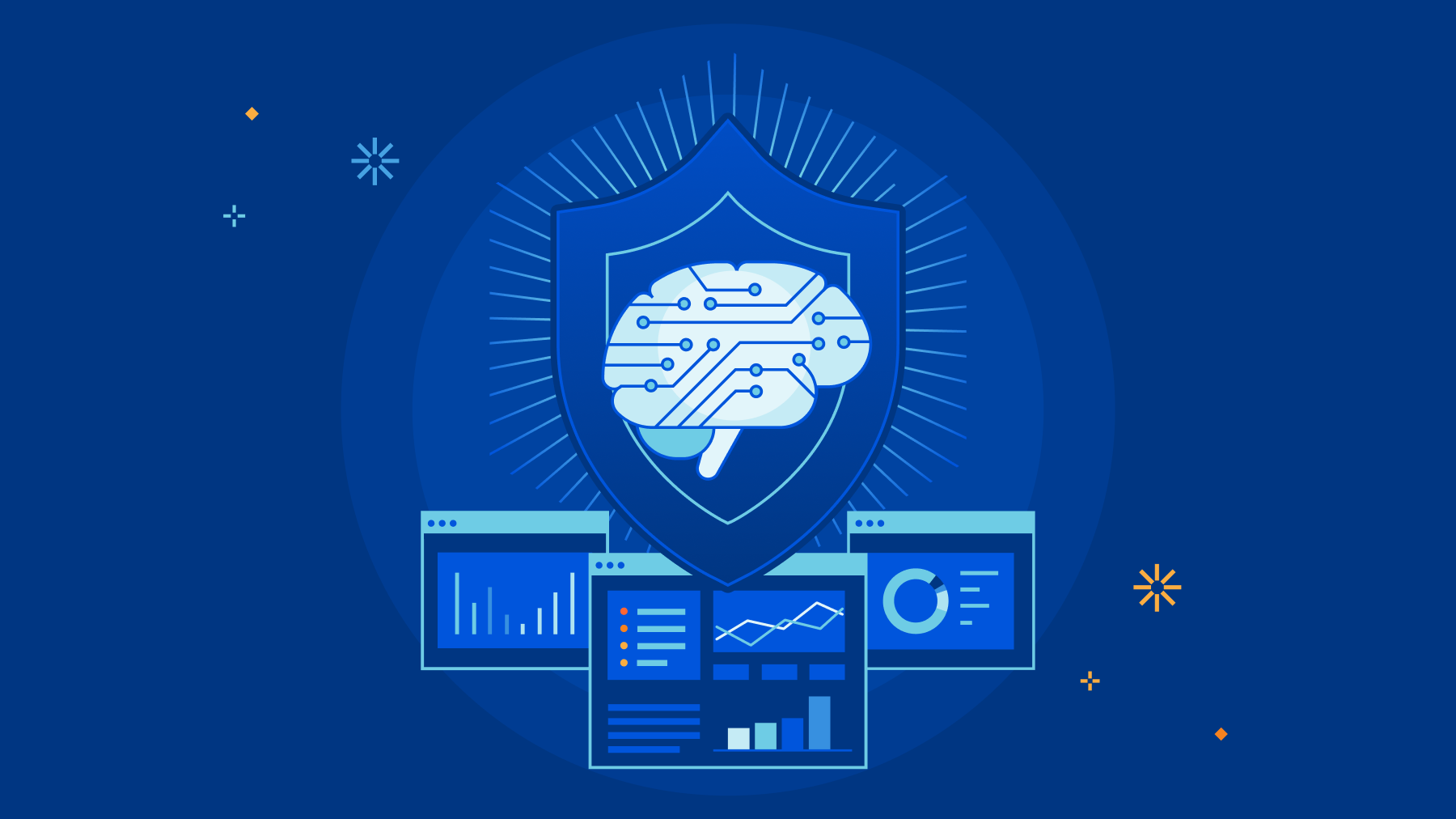
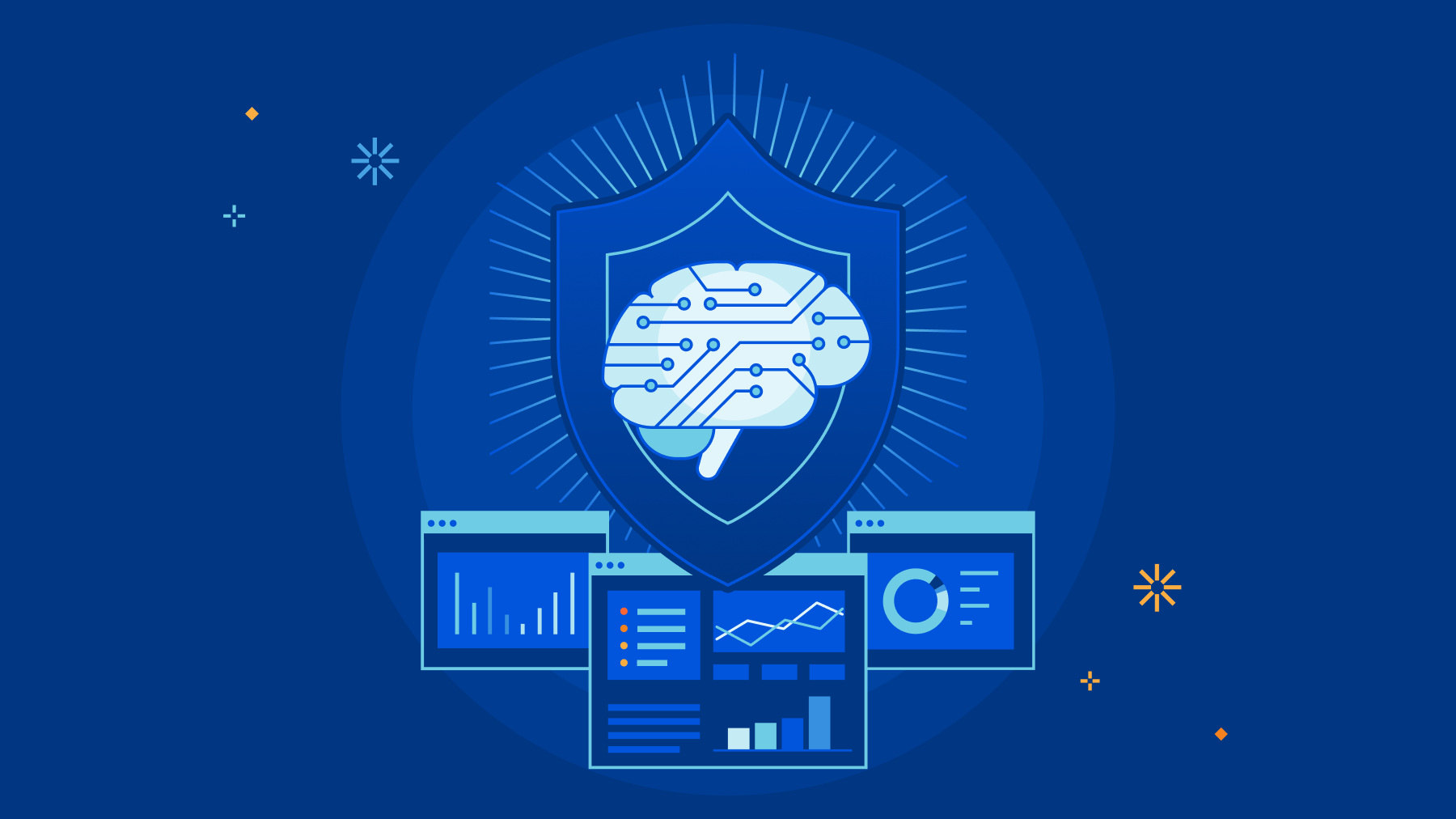
Cloudflare’s WAF helps site owners keep their application safe from attackers. It does this by analyzing traffic with the Cloudflare Managed Rules: handwritten highly specialized rules that detect and stop malicious payloads. But they have a problem: if a rule is not written for a specific attack, it will not detect it.
Today, we are solving this problem by making our WAF smarter and announcing our WAF attack scoring system in general availability.
Customers on our Enterprise Core and Advanced Security bundles will have gradual access to this new feature. All remaining Enterprise customers will gain access over the coming months.
Our WAF attack scoring system, fully complementary to our Cloudflare Managed Rules, classifies all requests using a model trained on observed true positives across the Cloudflare network, allowing you to detect (and block) evasion, bypass and new attack techniques before they are publicly known.
Attackers trying to infiltrate web applications often use known or recently disclosed payloads. The Cloudflare WAF has been built to handle these attacks very well. The Cloudflare Managed Ruleset and the Cloudflare OWASP Managed Ruleset are in fact continuously updated and aimed at protecting web applications against known Continue reading